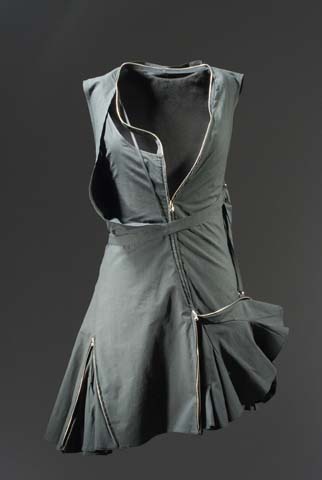Panel on Fashion Blogging at the Met
/Diane Pernet, Drawing by Siggi Oddsson
This Sunday, Harold Koda, chief curator of the Metropolitan Museum’s Costume Institute, will host a panel on fashion and blogging, to which Cathy Horyn (the New York Times senior fashion critic) will participate together with Scott Schuman of the Sartorialist and Diane Pernet, editor of A Shaded View on Fashion.
It will be interesting to see whether they will address the different kinds of blogs: i.e. personal blogs (in the case of Diane Pernet) versus a blog hosted by an established editorial entity (as is the case of Horyn’s and to some extent the Sartorialist). And to what extent ethical questions (particularly when it comes to the Times) inform the various types of blogs and potentially clash with the conversational, un-fact-checked and, as a result, often un-journalistic nature of the media.
It is great that the Met is becoming interested in the phenomenon, however, I also hope that future blog panels will include younger fashion bloggers—i.e. Susie of Style Bubble and Almost Girl. The latter has in fact also started Coutorture—an umbrella fashion blog—which serves as a service to the fashion blog community.
The event is taking place Sunday March 30, 2008 at 3:00 p.m. in The Grace Rainey Rogers Auditorium and it's free with museum admission.
Francesca

















